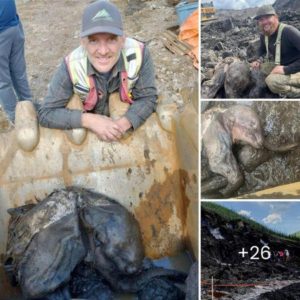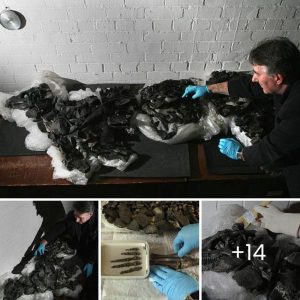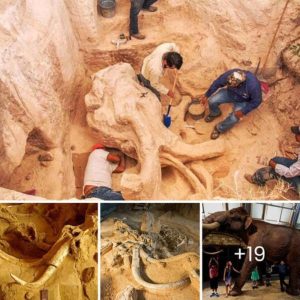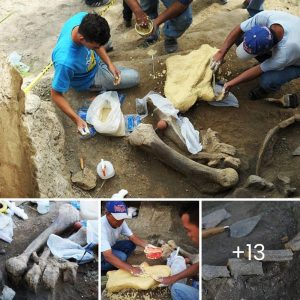Palaeontologists have confirmed that flying dinosaurs, ancestors of today’s birds, used shoulder muscles to power their wings’ upstrokes and chest muscles to power downstrokes. This confirmation was made possible by the discovery of elusive soft tissues, including the earliest soft anatomy profiles of flying dinosaurs.
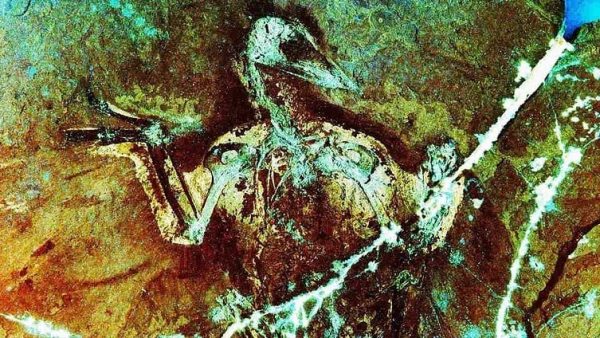
Using a Laser-Stimulated Fluorescence (LSF) technique, researchers analyzed more than 1,000 fossils of flying feathered dinosaurs from the late Jurassic and early Cretaceous periods in northeastern China. The LSF imaging targeted the shoulder and chest regions to study preserved soft tissue flight anatomy.
The findings validate the understanding of how the first birds, as paravian dinosaurs, took flight. The study reveals that shoulder muscles powered the wing upstroke, while chest muscles powered the wing downstroke.
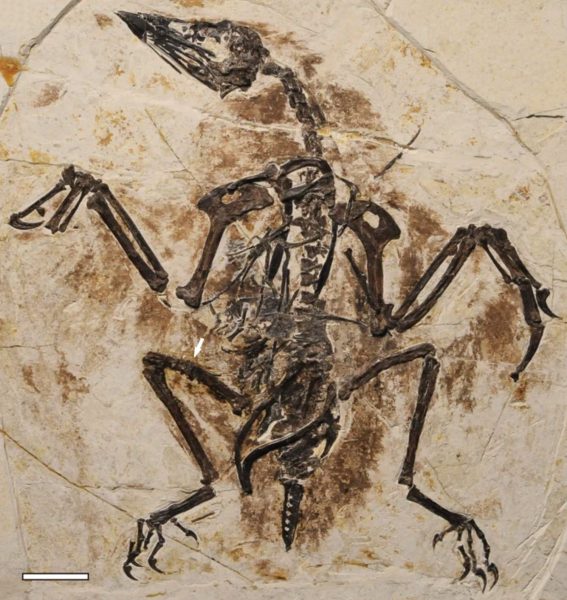
This sheds light on the flight capability of early birds and their closest relatives, bringing scientists closer to accurately reconstructing their flight abilities.
The study also included an early beaked bird, Confuciusornis, which lived 125 million years ago. The reconstruction of this ancient bird indicated the earliest evidence of upstroke-enhanced flight. The discovery provides insights into the evolution of flight among feathered dinosaurs and early birds.
The research contributes to a better understanding of ancient biodiversity and emphasizes the importance of exploring fossilized soft tissues to unlock the secrets of prehistoric life.
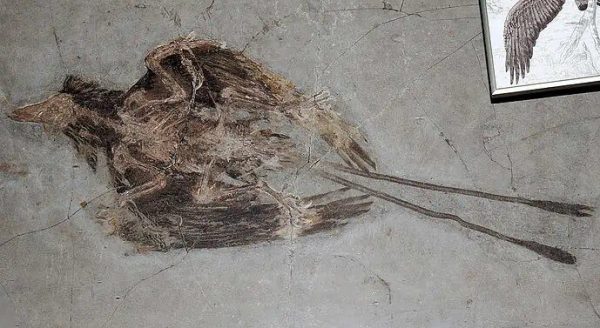
The Beijing team had looked through some 1,000 pieces of amber over a period of roughly five years. They noticed the lice in only two of the samples.
The insects, roughly twice the width of a human hair, are somewhat different from today’s lice, with less sophisticated mouthparts. It’s thought that the lice probably didn’t bite their host’s skin and so wouldn’t have itched, but damage to feathers could have bothered the dinosaurs.
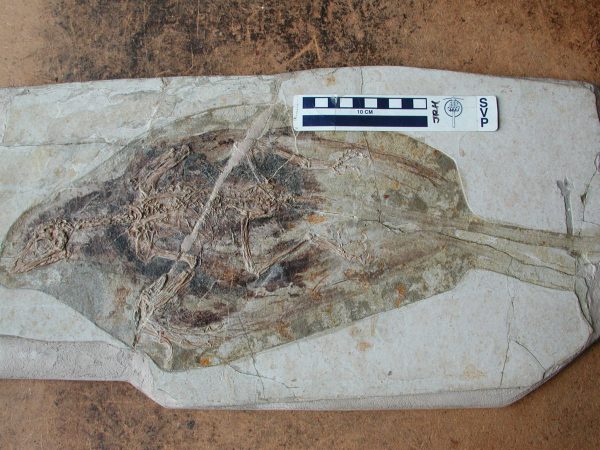
Now, scientists not only have evidence of the feathers of ancient birds but also clues about the challenges they faced, including parasites. This discovery adds another layer to our understanding of the lives of these ancient creatures and their interactions with the environment.


